Čoarvemátta
Snøhetta and 70°N architecture designed the new Čoarvemátta building in Kautokeino, Norway, blending in with the landscape using wood, standing pine, and natural heating methods.
Snøhetta, together with 70°N architecture and artist Joar Nango, delivered the winning proposal in the architectural competition for a new Sami theatre and school building in 2021. Now, the prominent building has been inaugurated.
The name Čoarvemátta comes from the Sámi words for horn and root, after the innermost and strongest part of the reindeer antlers. This symbolizes different qualities and strengths and represents elements that unite, as Čoarvemátta will be a unifying force for the institutions that share the building: the Sami National Theatre Beaivváš and the Sami High School and Reindeer Herding School.
Design and Architecture
The new building is located in Kautokeino in the middle of Finnmarksvidda, Norway’s largest and northernmost plateau. All four of the building’s facades relate to the various landscape spaces that surround it in different ways.The building sits low in the landscape and has proportions that harmonize with the surrounding hills and heights with no sharp angles breaking with the organic forms. The sloping roof on two sides (north, south) minimizes the project’s height effect seen from a distance, and at the same time creates an entrance situation towards the access from the southwest.
The new shared space has a branching shape, with a main entrance and vestibule located at its center, creating a gathering place for both the school’s and the theater’s users. From here, the building body stretches in three directions – with one wing each for the theatre, workshops and teaching rooms, and the school’s administration.
The curved lines, the vestibule with skylights as from a reahpen, smoke hole, and the visible load-bearing timber structure in wood, are inspired by wooden structures typical of reindeer herding Sámi areas, such as the lávvu.
Materials and color
The façade of the building is made of standing wood clad in ore pine. The massive roof measures 4930 m2 and is clad with 34,000 meters of kebony. The Alta slate stone on the theatre’s gable wall has been reused from the village’s old primary school, which has been demolished.Inside the vestibule and corridors, the polished concrete floors mimic the ground outside the building, with elements of locally mined stone, including slate and masi quartzite, in various shades of grey and green.
The center of the building, around the foyer, vestibule and theater halls, is painted in warm, red shades. Then the color scheme becomes cooler the further away from the source you get, with bluish tones at each end of the building’s wings. Contrasts between door, wall and floor within the different color schemes have clear references to Sami use of color. This makes a strong contrast to the building’s exterior, which is clad in white for the most part of the year.
Landscape
The branching shape of the building naturally forms three outdoor spaces. The one facing south constitutes the main entrance and a space in front of it. The forecourt is an intimate and circular space with arrán, a fire pit, sitting stones and an amphitheater. The sitting stones are taken from the plateau just outside, and this flexible room can be used by both school and theatre. The Alta slate used here comes from a quarry near the construction site.The outdoor area on the other side of the theatre wing is intended for the school’s building trade workshops and is shielded both visually and from the prevailing wind direction and harsh weather at Finnmarksvidda.
North of the building, large areas have been set aside for reindeer fences, which are directly linked to the reindeer herding department inside the building and have been built by local experts. On the east side, the plateau meets the building in a natural way, and the terrain and vegetation have been preserved as close as possible to the building.
Natural ground heating
Čoarvemátta meets the requirements of the Passive house standard, which means that the building is of very high quality, with a good indoor climate and extremely low energy requirements.The building is 90% self-sufficient in energy to heating and cooling thanks to 40 geowells drilled about 250 meters into the ground. The wells supply two heat pumps that both heat and cool the building, while exchangers for the energy wells dump surplus heat back again. On the coldest winter days, the system is supplemented with an electric boiler.
Over the entire construction site, soil that has had to be removed has been preserved, the top layer has been temporarily stored, and subsequently returned to all surfaces around the building, so that the seed stocks are intact.
Restoring the plateau landscape takes time but is allowed as new plants with new roots prevent the original seeds from germinating. On the forecourt, a small amount of grass seeds has been sown that NIBIO has collected in Finnmark, this has been done exceptionally to allow forecourt to turn green faster.
Signage and wayfinding
Snøhetta has also also made the signage and wayfinding program that follows the project’s visuality and works complementary to architecture, interior, and landscape design. It is primarily functional, but like the building, it also has subtle references to traditional craftsmanship and use of materials.Design: Snøhetta and 70°N architecture
Artist: Joar Nango
Photography: Lars Petter Pettersen/Snøhetta


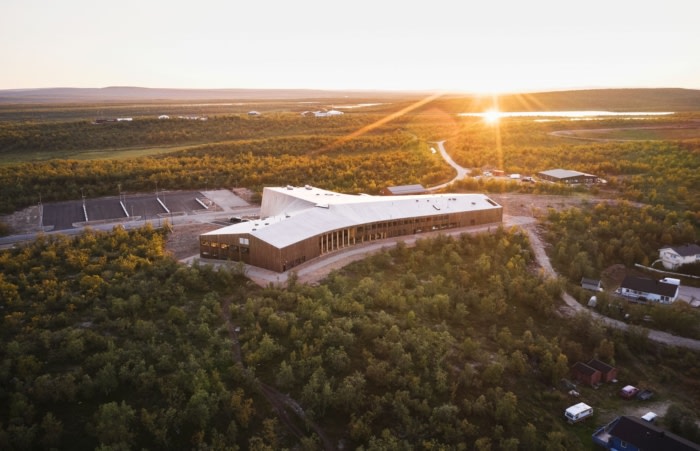


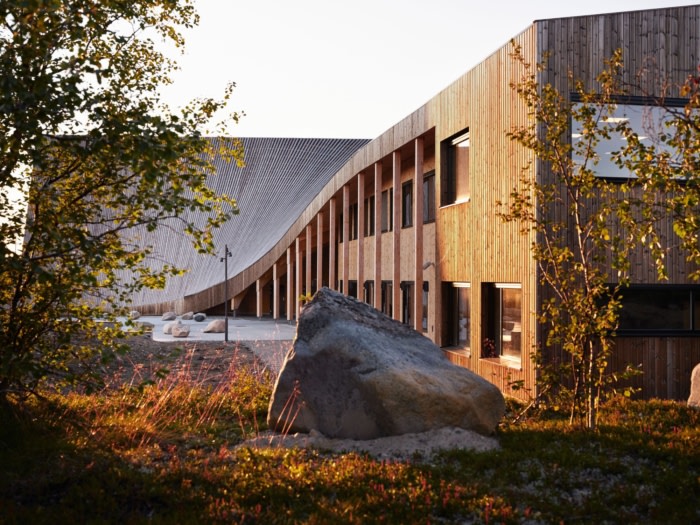
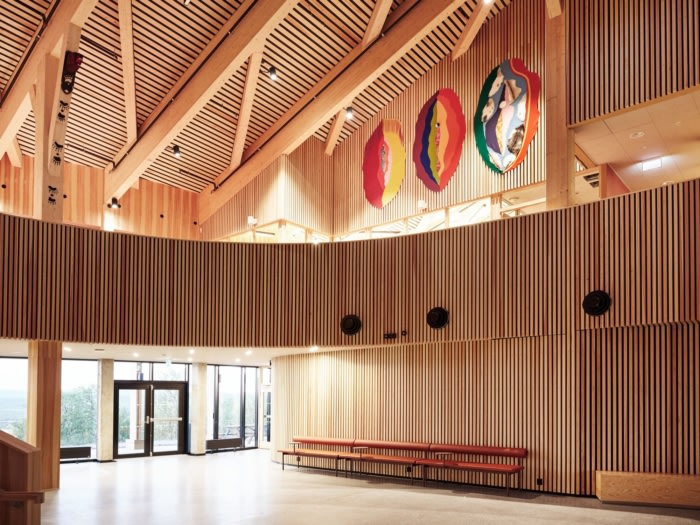
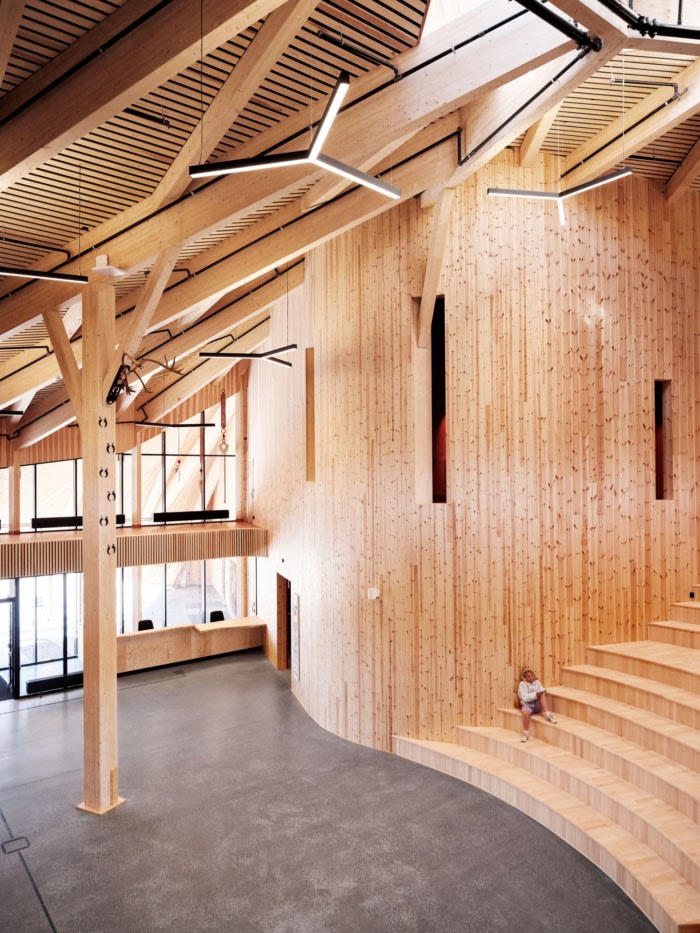



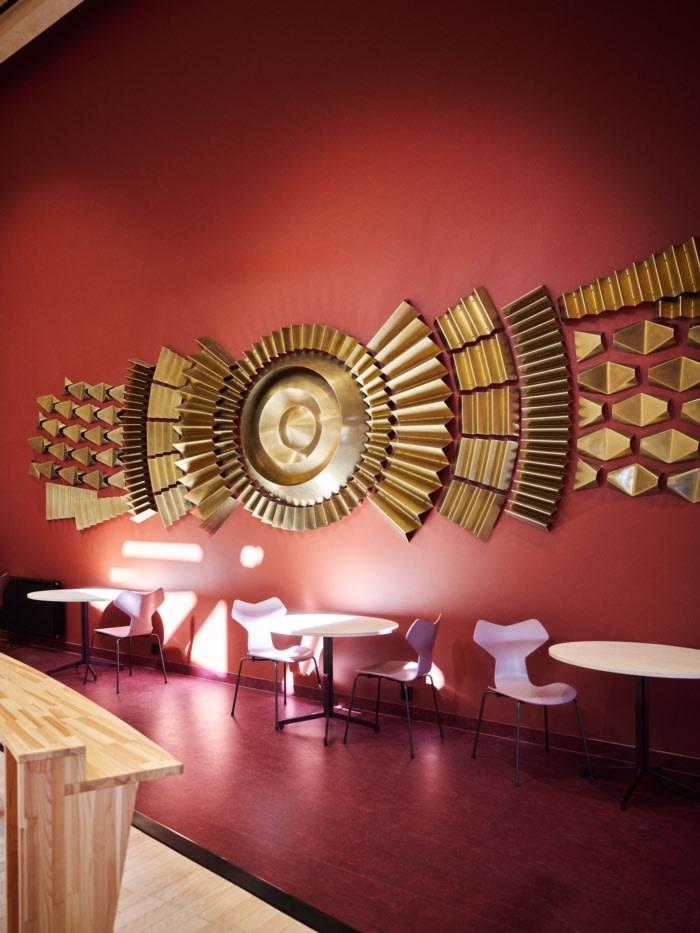










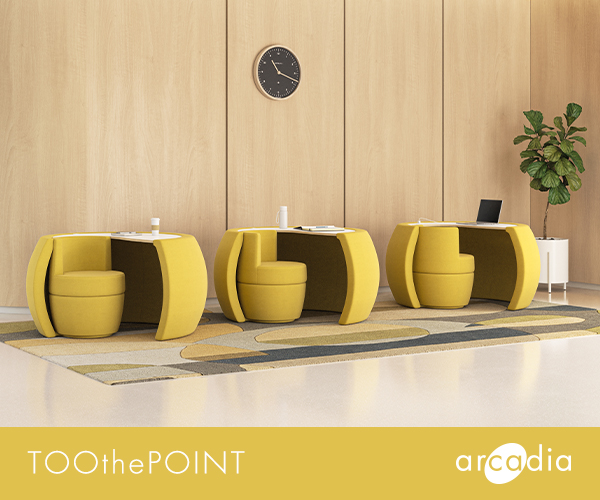
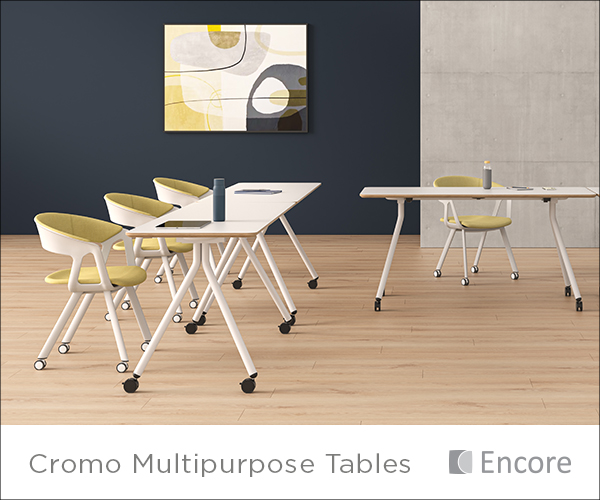




Now editing content for LinkedIn.